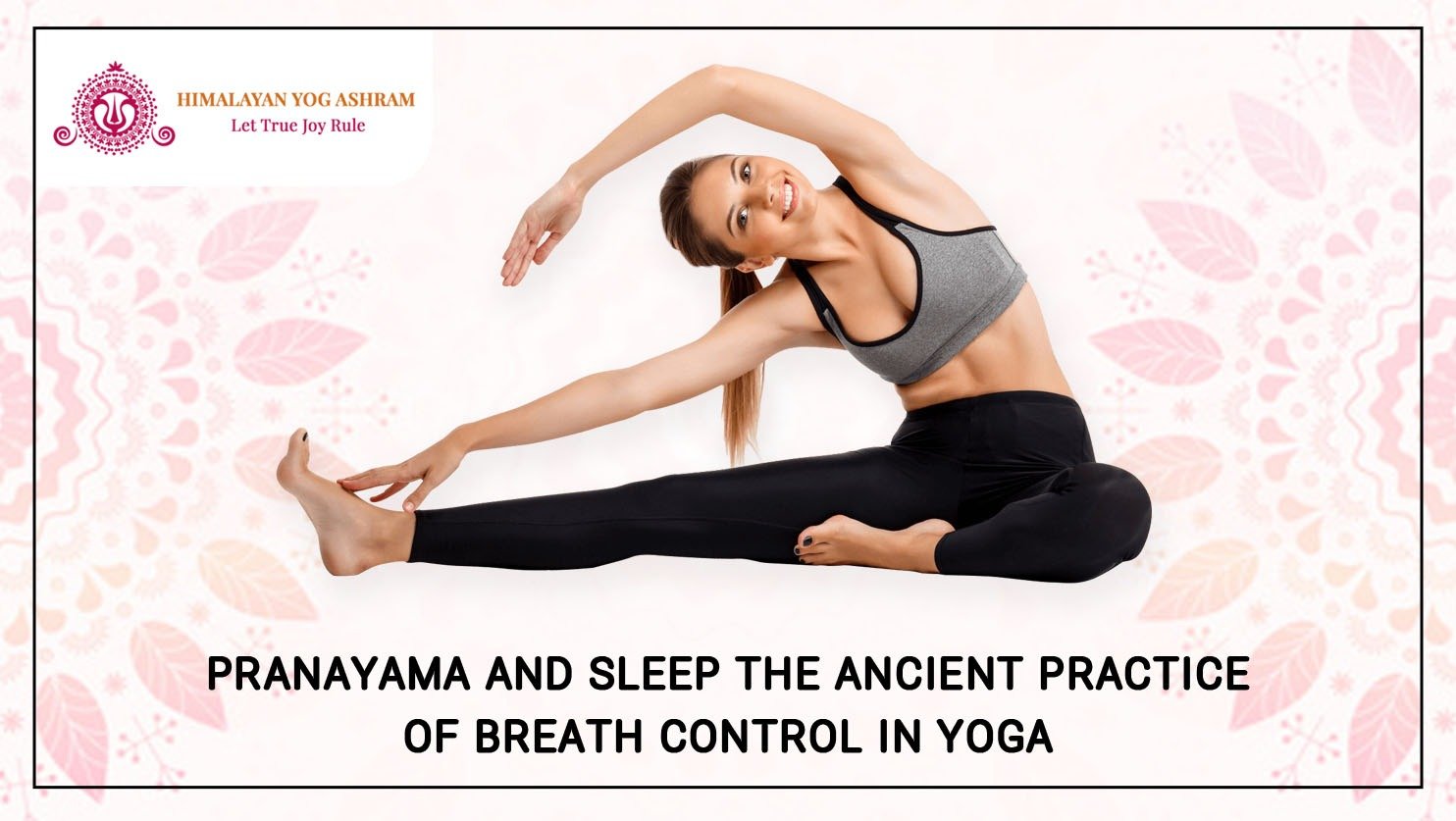Pranayama is the Sanskrit term for breathing techniques. It seems that sleeping can be a tricky thing for a lot of people these days. I tend to fall asleep fairly easily but often wake up during the night or very early. I have a pact with myself not to get up earlier than 6 AM. If I do, I’ll be wanting to go to bed around 7:30 the next night.
There are a few yoga Pranayama breathing exercises that I use to help me fall back asleep. Here are some techniques that you might find helpful:
1. 4-4-5 Breathing Exercise

Position: Lie on your back, as you’re most likely in bed anyway. Close your eyes.
Technique: Take a long, slow, deep inhale counting to 4, feeling your chest expand. Exhale with a slow count of 5, feeling the contraction as you press the breath out. Repeat this several times.
Kumbhaka (The Pause): At the end of each inhale, hold for a count of 4, and at the end of each exhale, hold for a count of 5. This pause between the inhale and exhale is known as kumbhaka.
Recap: Inhale for 4 counts, hold for 4 counts, exhale for 5 counts, and hold for 5 counts. Adjust the length of your breaths as needed to ensure it feels natural and not like work.
2. 4-7-8 Breathing Exercise
Steps to Perform the 4-7-8 Breathing Exercise Pranayama
Get Comfortable: Sit or lie down in a comfortable position. Keep your back straight if you’re sitting. You can also do this exercise while lying in bed.

Prepare: Place the tip of your tongue against the ridge of tissue just behind your upper front teeth and keep it there throughout the entire exercise. You’ll be exhaling through your mouth around your tongue. Try pursing your lips slightly if this seems awkward.
Exhale Completely: Begin by exhaling completely through your mouth, making a whoosh sound.
Inhale Quietly Through Your Nose: Close your mouth and inhale quietly through your nose to a mental count of four.

Hold Your Breath: Hold your breath for a count of seven.
Exhale Completely Through Your Mouth: Exhale completely through your mouth, making a whoosh sound to a count of eight.
Repeat the Cycle: This completes one breath. Now inhale again and repeat the cycle three more times for a total of four breaths.
3. Body Scan
Technique: With eyes closed, feel the breath in your body, noting the expansion and contraction. Start focusing on your feet, noticing any tension and asking yourself if you can let it go. Gradually move your focus up your body, checking each part for tension: ankles, shins, calves, knees, thighs, buttocks, pelvis, hips, lower back, belly, middle back, rib cage, shoulder blades, chest, shoulders, arms, elbows, forearms, wrists, palms, and fingers. Continue up to your collarbones, softening the throat, jaw, mouth, lips, cheeks, eyes, forehead, and scalp.
Mantra: Repeat to yourself, “relax, release” as you let go of any tension.
Additional Techniques
Counting Backwards: Another simple method is to count backward from a high number, such as 1000. My partner, Greg, counts backward from 2000 in French. He swears it has worked for him in the past by essentially boring himself to sleep.
Conclusion
These techniques are just a few options to try. Hopefully, one of them will help you find the rest you need. Remember, consistent practice can enhance their effectiveness, leading to better sleep over time.
For a more immersive experience, consider a Yoga Retreat in Rishikesh. These retreats offer a perfect blend of yoga Pranayama , Meditation Retreat in Rishikesh, and relaxation in a serene environment, helping you rejuvenate both physically and mentally.
By integrating these techniques into your routine, you can improve your sleep quality and overall well-being.




